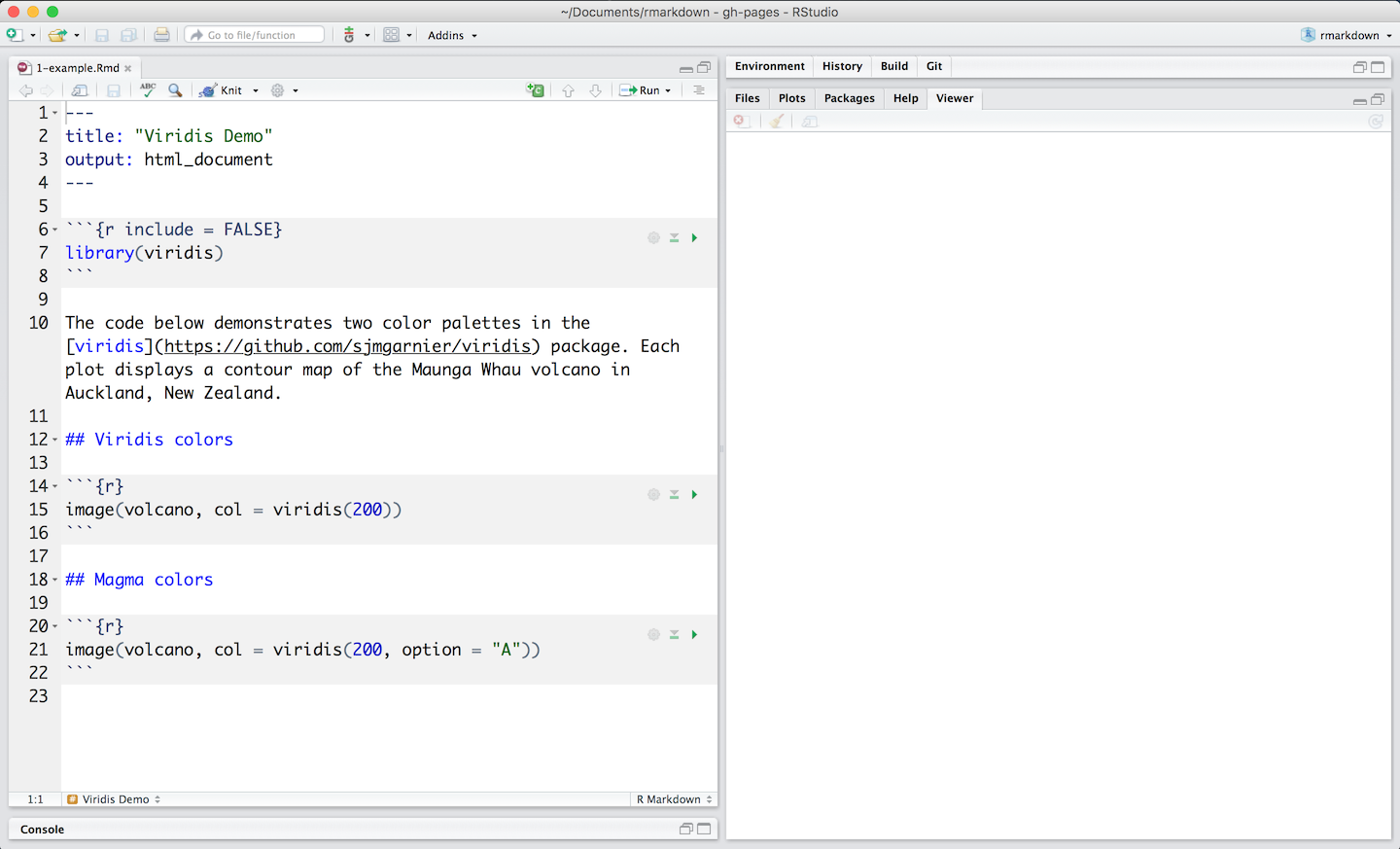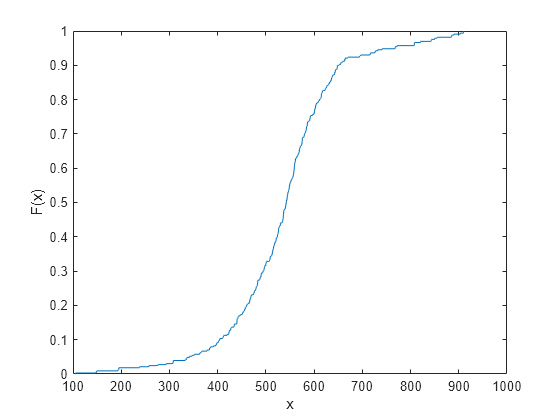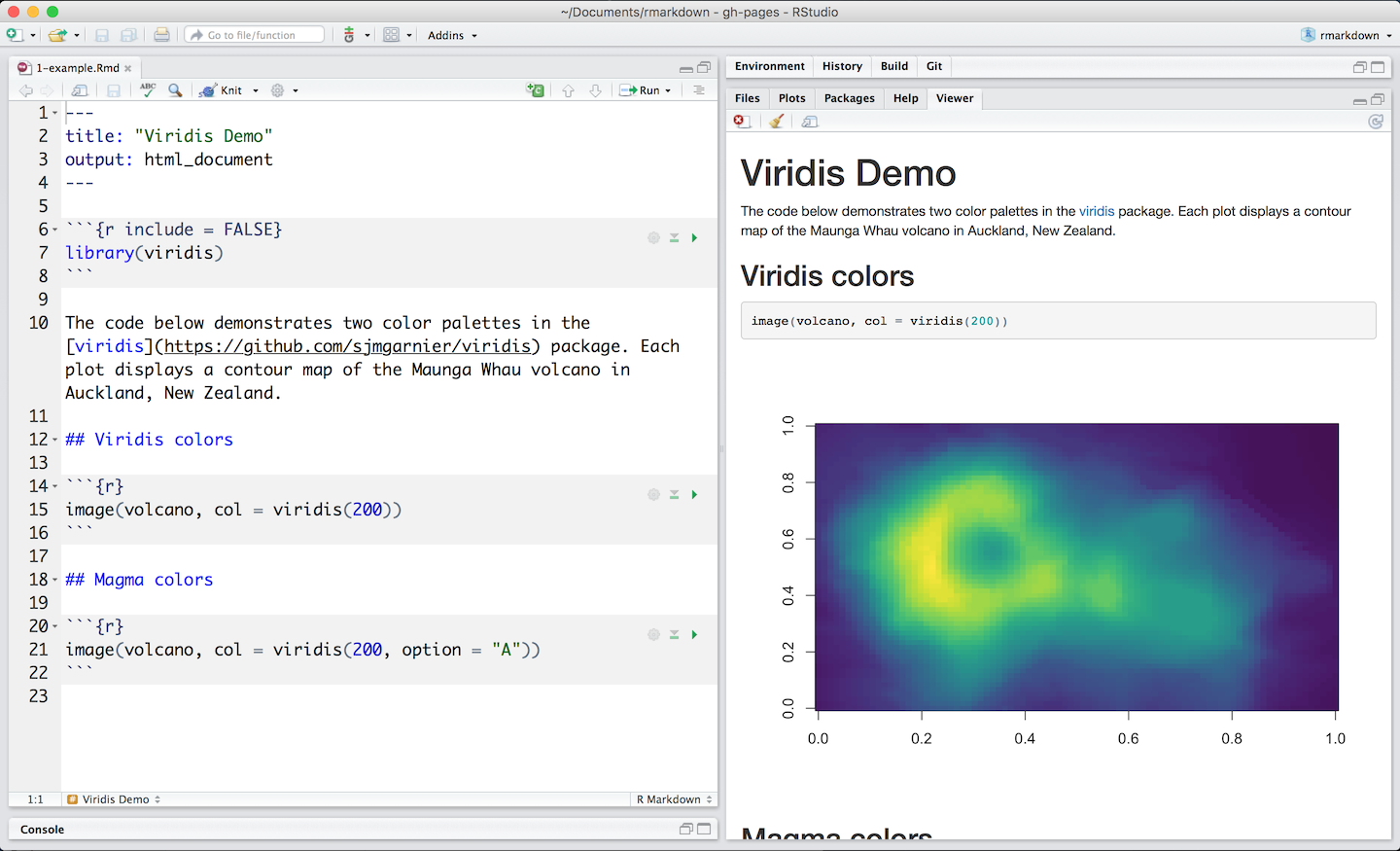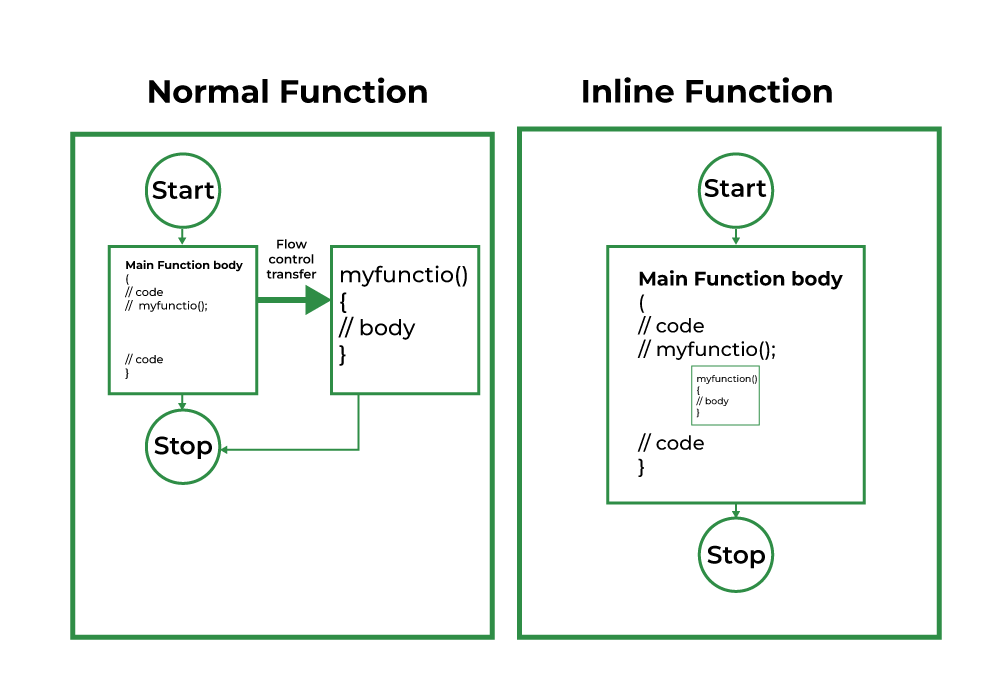Contains Function In R
Syntax of the contains() function in R:
The syntax of the contains() function in R is as follows:
contains(string_vector, pattern, ignore_case = FALSE, literal = FALSE)
Parameters of the contains() function:
The contains() function takes three main parameters:
1. string_vector: This parameter refers to the character vector from which the function will search for the given pattern.
2. pattern: This parameter specifies the pattern to search for within the string_vector. It can be a simple string or a regular expression.
3. ignore_case: This is an optional parameter that determines whether the search should be case sensitive or case insensitive. By default, it is set to FALSE.
Working with character vectors in contains() function:
The contains() function works effectively with character vectors in R. It allows you to search for specific patterns within the elements of the vector. This makes it convenient for filtering or extracting relevant information from large datasets.
Using regular expressions with contains() function:
One of the key strengths of the contains() function is its ability to work with regular expressions. Regular expressions provide a powerful way to search for patterns within strings, allowing for more complex matching operations. With the contains() function, you can apply regular expressions to efficiently search for specific patterns or extract specific information from the character vector.
Case sensitivity in contains() function:
The contains() function provides an option for case sensitivity in the search. By default, the search is case sensitive, meaning that it will match patterns with the exact letter case. However, users can set the ignore_case parameter to TRUE to perform a case-insensitive search. This allows more flexibility in matching patterns, as it will match regardless of the letter case.
Examples of using the contains() function:
Let’s explore some examples of how the contains() function can be used:
1. Searching for a specific word in a character vector:
Suppose we have a character vector called “text” which contains sentences. We can use the contains() function to search for a specific word within the vector:
contains(text, “example”)
This will return all the sentences in the “text” vector that contain the word “example”.
2. Using regular expressions to find patterns:
We can also use regular expressions with the contains() function to search for specific patterns within the character vector. For example, to find all sentences that start with “The”, we can use the following code:
contains(text, “^The”)
This will return all the sentences in the “text” vector that start with the word “The”.
Limitations of the contains() function:
While the contains() function is a powerful tool for string matching and filtering, it does have some limitations. Here are a few limitations to be aware of:
1. Performance: The contains() function may not perform efficiently on very large datasets. In such cases, alternative functions like grepl() or stringr::str_detect() might be more suitable.
2. Limited pattern matching: The contains() function matches patterns within the entire string, not just a specific portion. If you need to match patterns at the start or end of a string, other functions like starts_with() or ends_with() can be used.
3. Limited string manipulation: The contains() function mainly focuses on matching patterns rather than manipulating strings. Other functions like stringr::str_replace() or gsub() can be used for more advanced string manipulation tasks.
Alternative functions for string matching in R:
While the contains() function is useful, there are other alternative functions in R that can also be used for string matching and filtering. Some of these include:
1. grepl() function: This function is similar to contains() and can be used to search for patterns within character vectors. It returns a logical vector indicating whether the pattern was found or not.
2. Filter string in R: This function allows users to filter a character vector based on a specific pattern using the dplyr package. It is particularly useful for data manipulation tasks.
3. starts_with() function: This function can be used to filter character vectors based on patterns that occur at the beginning of the string. It returns a logical vector indicating whether the pattern was found or not.
4. stringr::str_detect() function: This function from the stringr package is similar to contains() and can be used to check if a pattern is present in a character vector. It returns a logical vector indicating whether the pattern was found or not.
FAQs:
Q: What is the difference between the contains() function and grepl() function in R?
A: The contains() function and grepl() function are quite similar. Both functions can be used for string matching and filtering. The main difference is that the contains() function provides a more intuitive and user-friendly syntax, while the grepl() function uses a more traditional syntax.
Q: What should I do if I receive the error “could not find function grep1 in R”?
A: If you encounter the error “could not find function grep1 in R”, it is likely due to a typo in your code. The correct function name is grep(), not grep1(). Double-check your code for any typos or syntax errors.
Q: Can the contains() function be used to search for a substring within a string?
A: Yes, the contains() function can be used to search for a substring within a string. Simply provide the desired substring as the pattern parameter, and the function will return any matches found within the string.
Q: How can I determine if a string in R contains any of the elements in a list?
A: You can achieve this by using the %in% operator along with the contains() function. For example, if you have a character vector called “text” and a list called “words_list”, you can check if any of the words in the list are present in the vector using the following code: contains(text, paste(words_list, collapse = “|”)).
In conclusion, the contains() function in R is a powerful tool for string matching and filtering operations. It allows users to search for specific patterns within character vectors, using both simple strings and regular expressions. While the contains() function has its limitations, there are alternative functions in R such as grepl() and starts_with() that can be used for similar tasks. By understanding the syntax, parameters, and examples provided in this article, users can effectively utilize the contains() function to manipulate and analyze their string data.
Test If Vector Contains Certain Element In R (Example) | Check For Given Value With %In% Operator
What Is The Function For Contains?
Introduction
In the realm of computer programming, the function “contains” serves as a crucial element for numerous applications. Whether it’s finding specific substrings within a larger string or searching for elements in a collection, understanding the intricacies of this function is essential. In this article, we will delve into the function for “contains,” exploring its functionality, implementation, and various use cases.
The Function for “Contains”
In computer programming, the “contains” function is primarily associated with string manipulation and collection handling. The precise implementation may vary across programming languages, but its fundamental purpose remains consistent—to check whether a given value or substring exists within a larger string or collection.
When applied on strings, the function evaluates whether one string contains another as a substring. This evaluation is performed character by character, comparing the elements of the substring with the corresponding characters of the larger string until a match is found—or until the end of either string is reached.
The “contains” function can handle a wide range of cases, such as:
1. Substring search: It allows programmers to verify if a specific substring exists within a target string. This functionality is often used to search for keywords, validate user input, or extract relevant information from text inputs.
2. Collection containment: The “contains” function also finds extensive applications in the context of collections. For example, it can determine whether a particular element exists within an array, a list, or any other collection data structure. This facilitates efficient searching and filtering of elements in a collection, streamlining various algorithms and operations.
Implementation across Programming Languages
Although the core functionality of “contains” remains consistent, its exact implementation and syntax vary across programming languages. Here’s a brief overview of how some popular languages incorporate the “contains” function:
1. Python:
In Python, the “in” keyword acts as a membership operator, allowing programmers to verify the presence of a substring in a string or an item in a collection. For instance, “substring in string” or “element in collection” would return True if the substring or element is found and False otherwise.
2. Java:
Java employs the “contains” method as a standard function within the String class. Programmers can utilize the “contains()” method to check whether a string contains a specific substring. This method returns a boolean value, True if the substring is found, and False otherwise.
3. JavaScript:
JavaScript provides a native “includes()” method to determine if a string or an array contains a particular substring or element, respectively. The method returns a boolean value indicating the presence or absence of the substring or element.
Frequently Asked Questions
Q1. How does the “contains” function differ from the “equals” function?
The “contains” function focuses on determining whether a string or collection contains a specific substring or element. On the other hand, the “equals” function compares two strings or values to check for complete equality.
Q2. Can the “contains” function be case-sensitive or case-insensitive?
The functionality of “contains” can be tailored based on the specific programming language and requirements. While some languages provide case-sensitive comparisons, others may offer case-insensitive alternatives or additional parameters to modify the behavior.
Q3. What happens if the “contains” function doesn’t find a match?
When the “contains” function doesn’t find a match, it typically returns a boolean value of False or -1, indicating the absence of the specified substring or element.
Q4. Are there any performance considerations when using the “contains” function?
In large-scale applications, the performance of the “contains” function can be crucial, especially if it is applied to long strings or extensive collections. As such, it is advisable to analyze the algorithmic complexity of the “contains” function and consider more efficient alternatives, like using indexing or regular expressions, where applicable.
Conclusion
The function for “contains” plays a vital role in string manipulation and collection handling across various programming languages. By leveraging this versatile function, programmers can efficiently search for substrings within strings and verify element containment within collections. Understanding the nuances of its implementation in different languages empowers developers to leverage “contains” effectively and optimize their code for improved efficiency.
So, whether one needs to validate user input, extract relevant information, or streamline searching and filtering operations, the “contains” function is an indispensable tool in a programmer’s arsenal.
How To Check If String Includes Substring In R?
In the world of data analysis and statistical programming, R has gained immense popularity due to its versatility and powerful features. One common task in data manipulation involves checking if a string contains a particular substring. Whether you are dealing with text analytics or string matching, knowing how to check if a string includes a substring in R is vital. In this article, we will explore various techniques and functions available in R to accomplish this task.
Method 1: Using the grepl() Function
The grepl() function in R returns a logical vector indicating whether a pattern or substring is found within a given string. This function utilizes regular expressions for pattern matching. The syntax for using grepl() is as follows:
“`R
grepl(pattern, x)
“`
Where “pattern” represents the substring or regular expression pattern to match and “x” represents the input string. The function returns a logical vector, with TRUE for any match and FALSE otherwise.
Example:
Suppose we want to check if the string “Hello, World!” contains the substring “world”. We can achieve this using grepl() as shown below:
“`R
grepl(“world”, “Hello, World!”)
# Output: FALSE
“`
Method 2: Using the str_detect() Function from the stringr Package
The stringr package in R provides a collection of functions for string manipulation and pattern matching. One such function is str_detect(), which can be used to check if a string includes a substring. The syntax for using str_detect() is as follows:
“`R
str_detect(string, pattern)
“`
Where “string” represents the input string and “pattern” represents the substring to search for. The function returns a logical vector indicating the presence of the substring in each element of the input string.
Example:
Let’s check if the string “The quick brown fox jumps over the lazy dog” contains the substring “brown” using str_detect():
“`R
library(stringr)
str_detect(“The quick brown fox jumps over the lazy dog”, “brown”)
# Output: TRUE
“`
Method 3: Using the base R function, regexpr()
The base R function regexpr() allows for matching a regular expression pattern within a given string. The function returns the position of the first occurrence of the pattern within the string. To check if a string contains a substring, we can define a pattern and use regexpr() to search for the pattern within the string. If regexpr() returns a non-negative value, the substring is present; otherwise, it is not.
Example:
Let’s check if the string “I love R programming” contains the substring “python” using regexpr():
“`R
regexpr(“python”, “I love R programming”)
# Output: -1
“`
Method 4: Using the grepl() Function with Ignore Case Option
Sometimes, we may want to perform a case-insensitive substring search. For such cases, we can use the ignore.case argument in the grepl() function.
Example:
Let’s check if the string “hello, world!” contains the substring “WORLD” in a case-insensitive manner using grepl():
“`R
grepl(“WORLD”, “hello, world!”, ignore.case = TRUE)
# Output: TRUE
“`
Frequently Asked Questions (FAQs)
Q1: Can I use regular expressions to check for substrings in R?
A1: Absolutely! R provides a rich set of functions for regular expression matching. The grepl(), regexpr(), and str_detect() functions covered in this article accept regular expressions as patterns.
Q2: What if I want to extract the matching substring from the input string?
A2: To extract the matching substring, you can use the gregexpr() function in R. This function returns a list of integer vectors, with each vector containing the starting position of the matched substring. You can then use the substr() function to extract the substrings based on the positions obtained.
Q3: Are there any other packages available for string matching in R?
A3: Yes, R offers several packages for advanced string matching tasks. Some notable ones include stringi, stringdist, and fuzzywuzzyR. These packages provide additional functionalities like fuzzy string matching and string distance calculations.
In conclusion, checking if a string includes a substring is a common task in R programming. By using functions like grepl(), str_detect(), and regexpr(), you can easily determine if a substring exists within a given string. Additionally, with the option of case-insensitive searching and regular expression matching, R provides flexibility for various string matching scenarios. Armed with these techniques, you can efficiently handle string-related tasks in your data analysis pipeline.
Keywords searched by users: contains function in r grepl function in r, could not find function grep1 in r, Filter string in r, starts_with function in r, String like in r, r filter does not contain, is in% in r, r string contains any of list
Categories: Top 38 Contains Function In R
See more here: nhanvietluanvan.com
Grepl Function In R
R is a widely used programming language among statisticians and data scientists, thanks to its powerful features and extensive library of packages. One of the essential functions in R is the “grepl” function, which stands for “global regular expression pattern match.”
This article aims to provide a detailed overview of the grepl function in R, explaining its purpose, syntax, and various use cases. Additionally, we will address frequently asked questions to ensure a comprehensive understanding of this important function. So let’s dive in!
## What is the grepl function in R?
The grepl function is a logical function in R that searches for a pattern within a given character vector and returns a logical vector indicating whether a match is found in each element. It employs regular expressions, which are powerful tools for pattern matching and manipulation in text data.
## Syntax of grepl function:
The syntax for the grepl function is as follows:
“`r
grepl(pattern, x, ignore.case = FALSE, perl = FALSE, fixed = FALSE, useBytes = FALSE)
“`
Here, “pattern” represents the regular expression pattern to be matched, and “x” is the character vector to search within. The additional parameters, such as “ignore.case,” “perl,” “fixed,” and “useBytes,” are optional and offer flexibility in matching options.
## Use Cases of grepl function:
The grepl function finds its utility in numerous scenarios, such as:
### 1. Text data filtering:
This function allows us to filter character vectors based on specific patterns. For instance, if we have a dataset containing email addresses, we can use grepl to filter out only the valid addresses based on a defined pattern.
### 2. Data cleaning and transformation:
The grepl function can aid in data cleaning by identifying and removing or manipulating faulty or inconsistent entries. It enables you to locate potential errors or inconsistencies in your data effectively.
### 3. Data categorization:
Using grepl, we can categorize or label data based on the presence or absence of certain patterns. For example, we can categorize a set of tweets into “positive” or “negative” sentiment based on the presence of specific keywords.
### 4. String matching in data analysis:
In data analysis tasks, grepl can help match specific strings or patterns to extract relevant information. It allows us to identify and extract data subsets that satisfy particular conditions, facilitating targeted analyses and insights.
## Examples of grepl function in action:
Let’s explore a few examples to understand how grepl works in practice:
### Example 1:
Suppose we have a character vector called “names” representing a list of names. We want to identify all the names that start with the letter “J.” We can accomplish this using grepl as shown below:
“`r
names <- c("John", "Michael", "Jennifer", "David", "Jane", "Robert")
grepl("^J", names) # Output: TRUE, FALSE, TRUE, FALSE, TRUE, FALSE
```
### Example 2:
Consider that we have a dataset of email addresses named "emails." We wish to filter out only the email addresses from the Gmail domain. We can achieve this using grepl and an appropriate regular expression pattern:
```r
emails <- c("[email protected]", "[email protected]", "[email protected]", "[email protected]")
gmail_users <- grepl("@gmail.com", emails)
filtered_emails <- emails[gmail_users]
print(filtered_emails) # Output: "[email protected]", "[email protected]"
```
These examples demonstrate the flexibility and power of the grepl function in identifying matches and filtering data based on patterns.
## Frequently Asked Questions
Q1: Can we use grepl with numeric data in R?
A1: No, grepl is specifically designed for character vectors. To process numeric data, alternative functions like "==", "<", ">“, etc., should be used.
Q2: What is the difference between grepl and grep in R?
A2: While both functions rely on regular expressions for pattern matching, grepl returns a logical vector indicating the presence or absence of a match, whereas grep returns the indices of matching elements.
Q3: Are regular expressions case-sensitive in grepl?
A3: By default, regular expressions in grepl are case-sensitive. However, the “ignore.case” parameter can be set to TRUE for case-insensitive matching.
Q4: Can we use multiple patterns with the grepl function?
A4: Yes, grepl allows us to use multiple patterns by combining them with the “|” (OR) operator in the regular expression.
Q5: Is the grepl function faster than other matching functions in R?
A5: In general, grepl is quite efficient for regular expression-based matching tasks. However, for fixed pattern matching, using the “fixed=TRUE” option or functions like “==”, “<", ">“, etc., can be faster.
In conclusion, the grepl function in R plays a vital role in pattern matching and manipulation tasks when working with character vectors. Its ability to leverage regular expressions makes it a powerful tool for filtering, cleaning, and extracting relevant information from text-based data. By understanding its syntax, use cases, and examples highlighted in this article, you can confidently apply the grepl function in your own data analysis projects.
Could Not Find Function Grep1 In R
R is a powerful programming language and software environment for statistical computing and graphics. It provides a wide range of functions and packages to manipulate and analyze data. However, when using R, you may encounter certain errors and issues, one of which is the “could not find function grep1” error. In this article, we will delve into this particular error, explore its probable causes, and provide troubleshooting solutions. Additionally, a FAQs section will address commonly asked questions related to this topic.
Understanding the “could not find function grep1” error:
When this error message appears in R, it means that the function “grep1” could not be found. The function grep1 is commonly used to search for patterns in strings or character vectors in R. However, the error suggests that R is unable to locate the specified function.
Probable causes and troubleshooting solutions:
1. Typographical error or syntax mistake:
One possible cause of this error is a typo or syntax mistake in the function name. R is case-sensitive, so make sure you have used the correct spelling and capitalization. For example, “Grep1” or “grep” instead of “grep1” would result in this error. Double-check your code and correct any such mistakes.
2. Missing package or namespace:
Another reason for this error is the absence of the package or namespace that contains the “grep1” function. In R, functions are often stored in specific packages or namespaces. If you haven’t loaded the required package or explicitly referenced the namespace, R will not be able to find the function. To solve this, ensure that the package containing the “grep1” function is installed and loaded using the `install.packages` and `library` functions, respectively.
3. Outdated R version:
It is possible that the function “grep1” is not available in the version of R you are using. R regularly introduces updates, which often include new functions and improvements. To check if this is the case, confirm that you are using the latest version of R. If not, update your R installation and try running the code again.
4. Conflicting function names:
Occasionally, “could not find function grep1” errors can result from conflicting function names. It may be that other packages or functions have already defined a function with the same name, leading to ambiguity. To avoid this, you can use the `::` operator to explicitly specify the package where the function is located. For example, instead of using `grep1`, you could use `package_name::grep1`.
FAQs:
Q1: What is the purpose of the grep1 function in R?
The `grep1` function in R is used to search for patterns or regular expressions within strings or character vectors. It returns the indices or values where the pattern is found, allowing you to extract or manipulate the matching elements.
Q2: Are there any alternative functions to grep1 in R?
Yes, R provides several alternative functions for pattern matching, such as `grep`, `grepl`, and `str_detect` (from the stringr package). These functions offer similar functionality as grep1 and can be used based on your requirements.
Q3: I still get the “could not find function grep1” error even after trying the troubleshooting steps. What should I do?
If the error persists, it may indicate that the grep1 function does not exist in any package or namespace accessible to your R environment. In such cases, consider sourcing or importing the code containing the grep1 function into your R session. Alternatively, you can check online resources, forums, or the R documentation to confirm if there is indeed a function named grep1.
Q4: Can I define my own grep1 function in R?
Absolutely! In R, you have the flexibility to define your own functions. If you have specific requirements that are not covered by existing functions, you can define your own grep1 function using the function definition syntax in R. Make sure to choose a unique name for your function to avoid conflicts with existing functions.
In conclusion, encountering the “could not find function grep1” error in R can be frustrating, but it is typically solvable. By double-checking your code for typographical errors, ensuring the package or namespace is loaded, keeping your R version up to date, and addressing any potential conflicts with other functions, you can overcome this issue and continue your data analysis seamlessly.
Images related to the topic contains function in r

Found 35 images related to contains function in r theme














Article link: contains function in r.
Learn more about the topic contains function in r.
- String Contains in R – Linux Hint
- ‘Contains’ function – r – Stack Overflow
- contains Function – Oracle Help Center
- How to find SubString in R programming? – GeeksforGeeks
- C# String Contains() (With Examples) – Programiz
- Java String contains() method – javatpoint
- Test if Character is in String in R (2 Examples) – Statistics Globe
- CONTAINS Function – Archer Help Center
- how to write contains function in R – RStudio Community – Posit
- contains in r [how to test if a vector contains a specific element]
- R Program to Check if Characters are Present in a String
- CONTAINS function – IBM
See more: nhanvietluanvan.com/luat-hoc